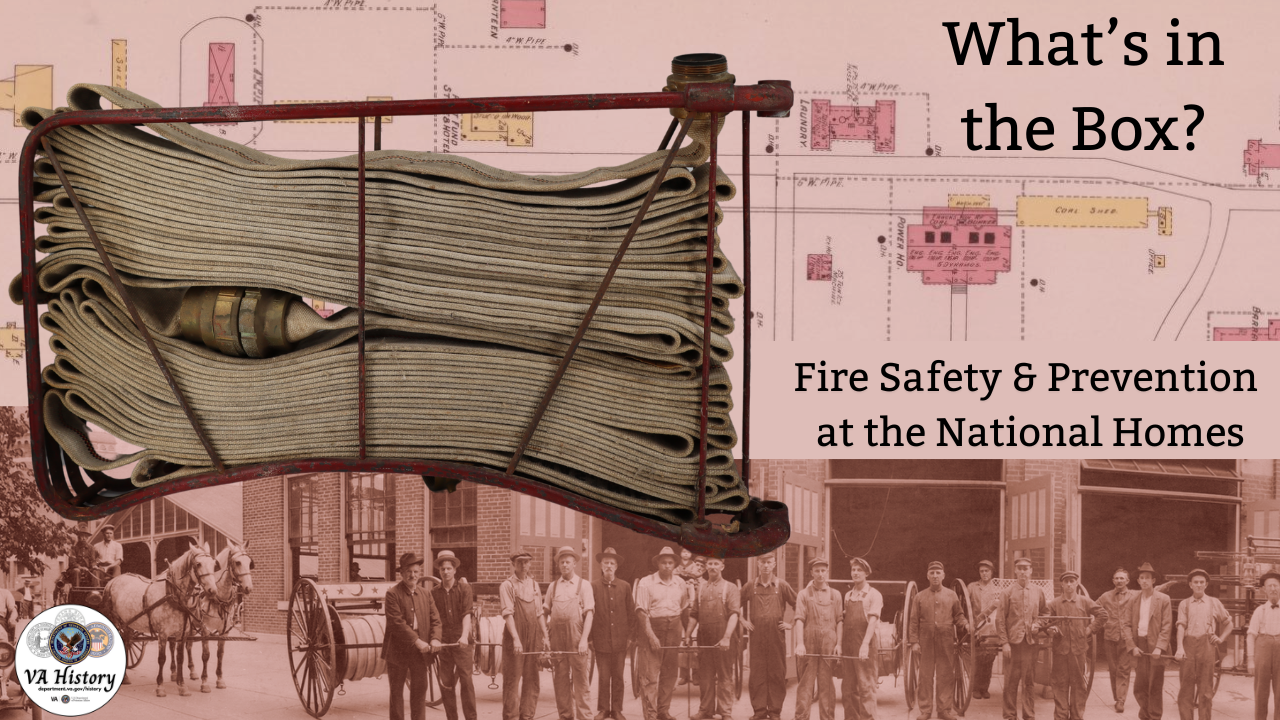
Curator Corner
What’s in the Box? Fire Safety and Prevention at the National Homes
Fire safety may not be the first thing that comes to mind when thinking about Veteran care, but during the National Home for Disabled Volunteer Soldiers period (1865-1930), it was a critical concern. With campuses largely constructed of wooden-frame buildings, housing thousands of often elderly and disabled Veterans, the risk of fire was ever-present. Leaders of the National Homes were keenly aware of this danger, as reflected in their efforts to establish early fire safety protocols.
Throughout the late 19th century, the National Homes developed fire departments that were often staffed by Veteran residents, and the Central Branch in Dayton even had a steam fire engine. Maps from this era, produced by the Sanborn Map Company for fire insurance purposes, reveal detailed records of fire prevention equipment and strategies used at the Homes. These records provide us with a rare glimpse into evolving fire safety measures in the late 19th and early 20th Century, all part of a collective effort to ensure the well-being of the many Veterans living there.
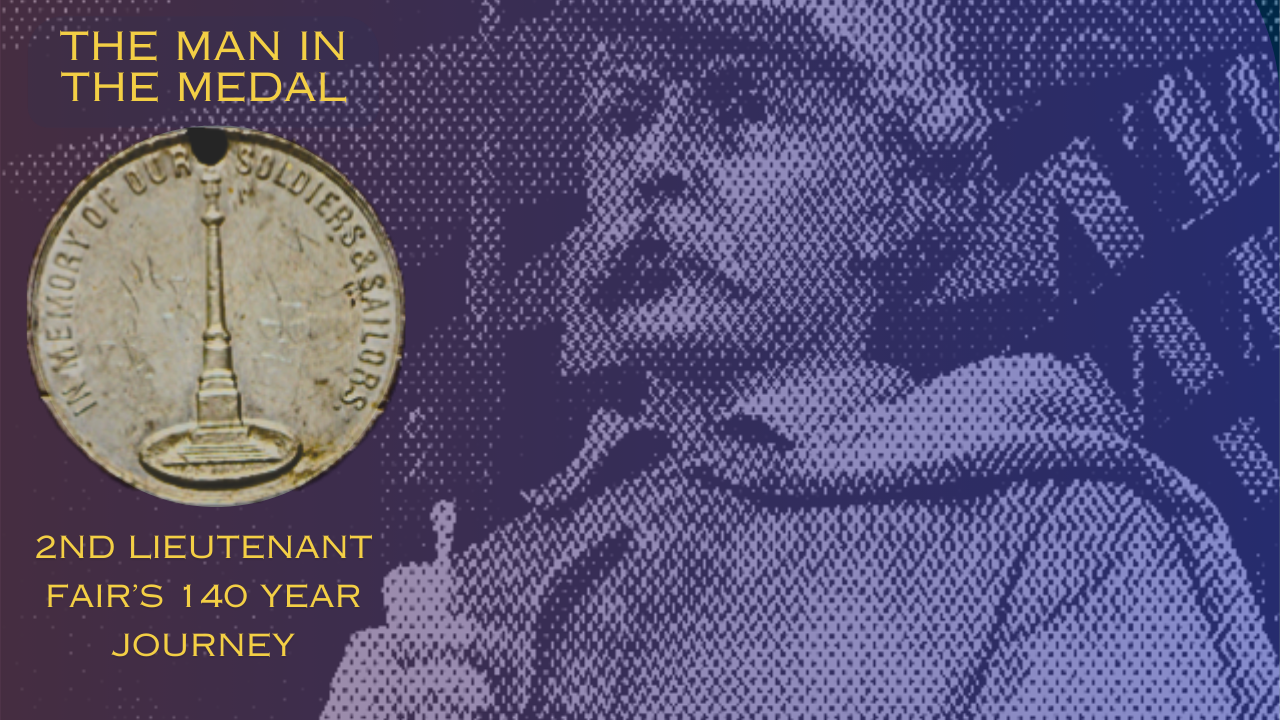
Curator Corner
What’s in the Box? 2nd Lt. George Fair’s 140 Year Journey
It started with a medal. Later on a button. Then, walks along the trails at the Dayton VA Medical Center and to the National Cemetery. Finally, it ended at a tall monument at the intersection of Monument Avenue and Main Street in downtown Dayton.
Well, it didn't quite end there. This was just the beginning in learning about the soldier, whose likeness sits atop the Montgomery County Soldier's Monument and stands watch at the main entrance to the Dayton VA Medical Center.
This is the story of a curator diving into the story of George Fair, Dayton's Veteran model and a 140 year journey.
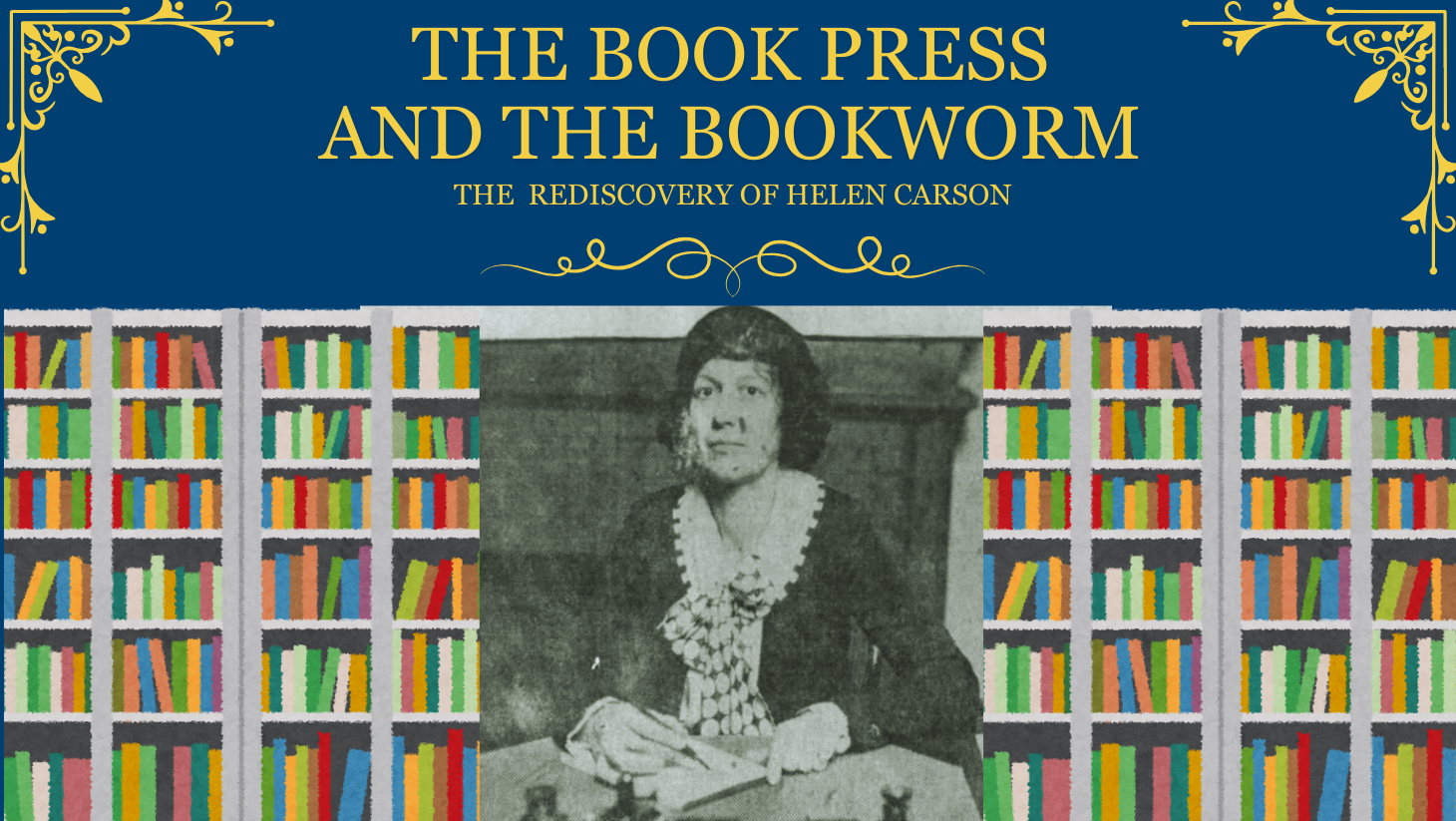
Curator Corner
What’s in the Box? Librarian Helen Carson
It isn’t often that researchers who work with historic objects get to know the people who used those objects every day. Sometimes we get lucky and can link artifacts to certain facilities or buildings on a historic VA campus, but usually we must look for more hidden lines of evidence to figure out how an object fits into the history of those who care for our Nation’s Veterans. As nice as it would be, it isn’t as if many artifacts turn up labeled with their owners’ names! So, imagine my surprise when my teammates and I began sweeping Putnam Library for any historic objects left behind before the building is closed for renovation, and found just that.
As far as artifacts go, its story seemed simple: book presses like these would have been used to help maintain and repair the thousands of books read in Putnam Library ever since it first opened in 1879. The day that I first got up close and personal with the press, I noticed a woman’s name scraped into the black paint of the platen (the technical name for the big metal plate used to hold books together). It said “Helen Carson” in big, legible letters. As we carefully transported the heavy press down the many stairs inside Putnam Library, I looked at the name and thought “Hm…wonder who that is?”.
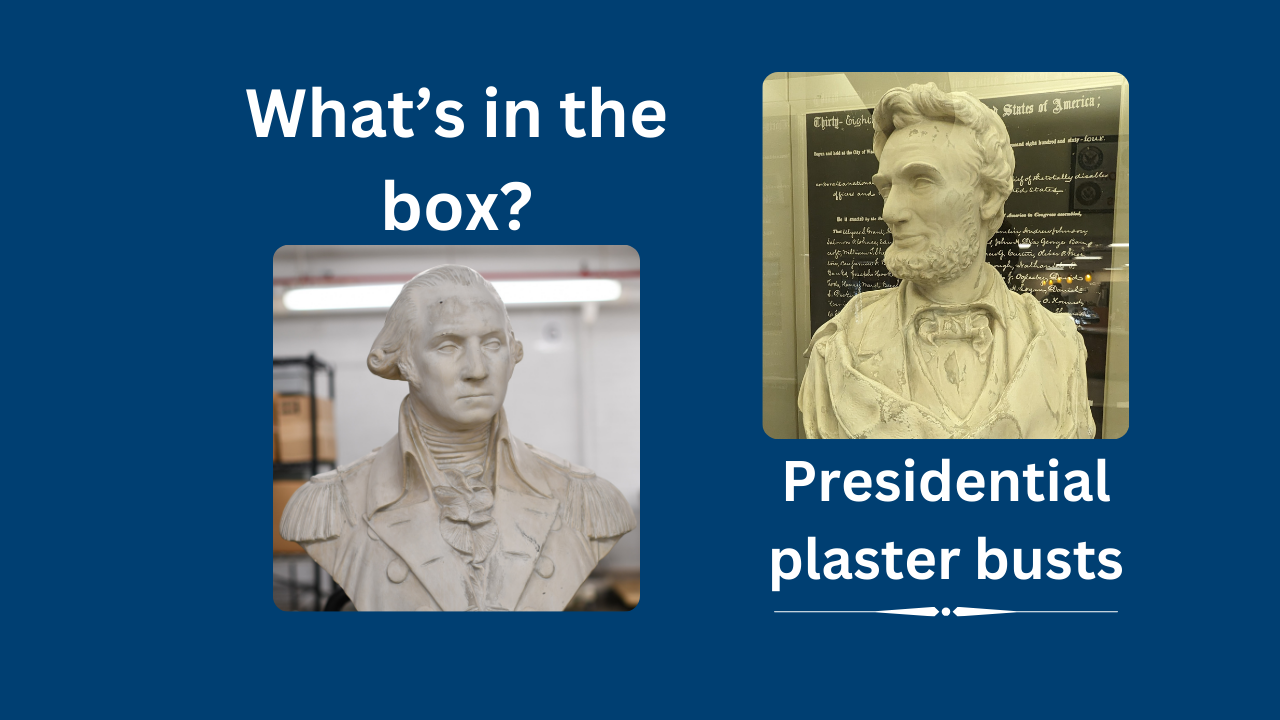
Curator Corner
What’s in the Box? A Pair of Plaster Presidential Busts
Presidents George Washington and Abraham Lincoln are among the most easily recognizable figures in American history. Their faces are symbols of wisdom, strength, and leadership. Even today, polls consistently rank them as the greatest or most successful presidents. With that in mind, it is unsurprising that the appreciation of these legendary statesmen has deep historic roots. In honor of their birthdays, our team at the National VA History Center explored those roots through this pair of plaster busts.
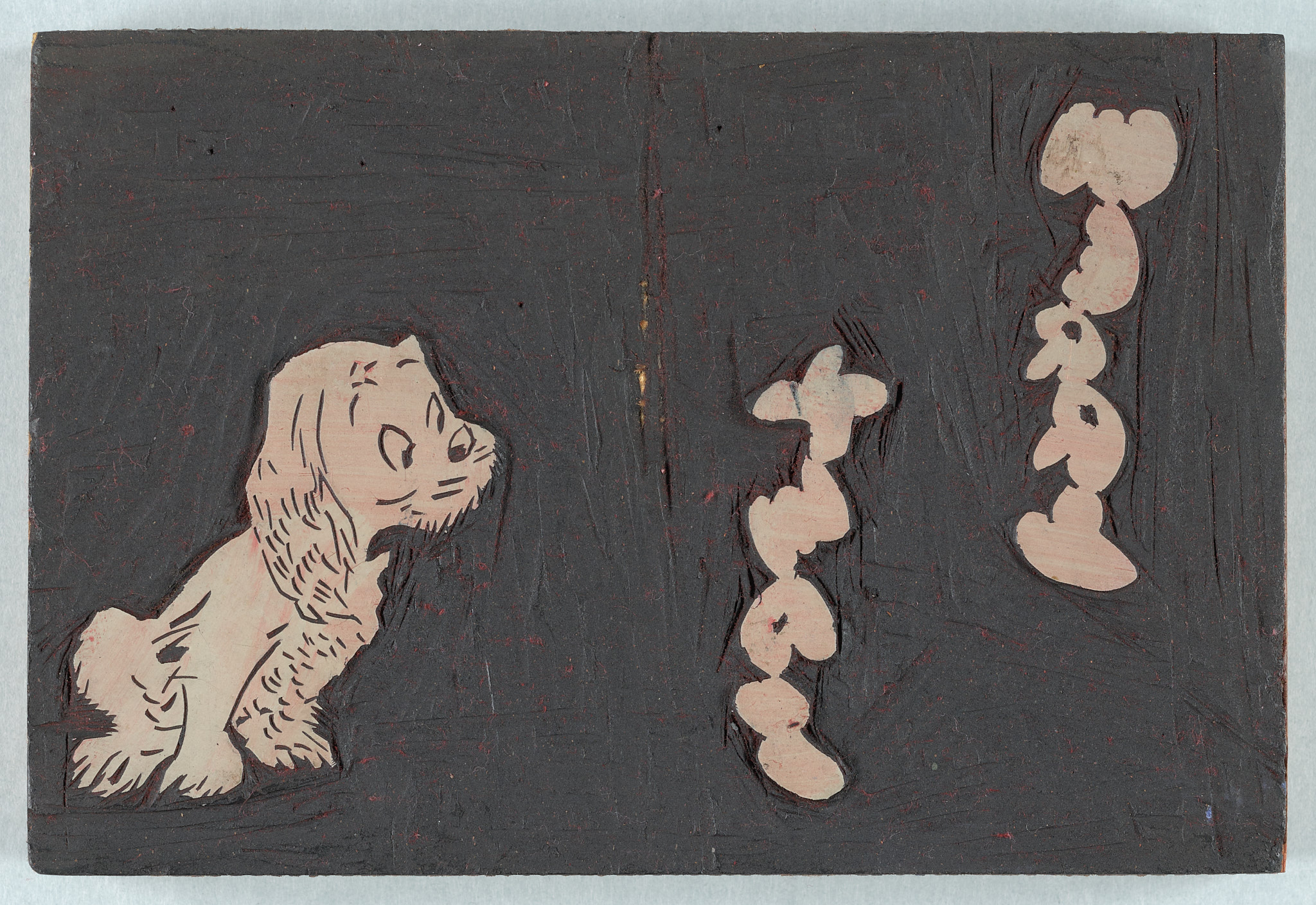
Curator Corner
What’s in the Box? Christmas Card Printing Block
What's in the box? - For this holiday and Christmas season, the curatorial staff at the National VA History Center found an item from the Mountain Home VA that involves a trade that is rarely used today: letterpress printing.
Phones and laptops make it easy to type and design cards that can be printed in mere moments. But in the past, printing a unique Christmas card, for example, would have required specialized training and skill to create a template. Which, is exactly what our staff at the NVAHC found in the latest box opened in the collection.
Happy Holidays!
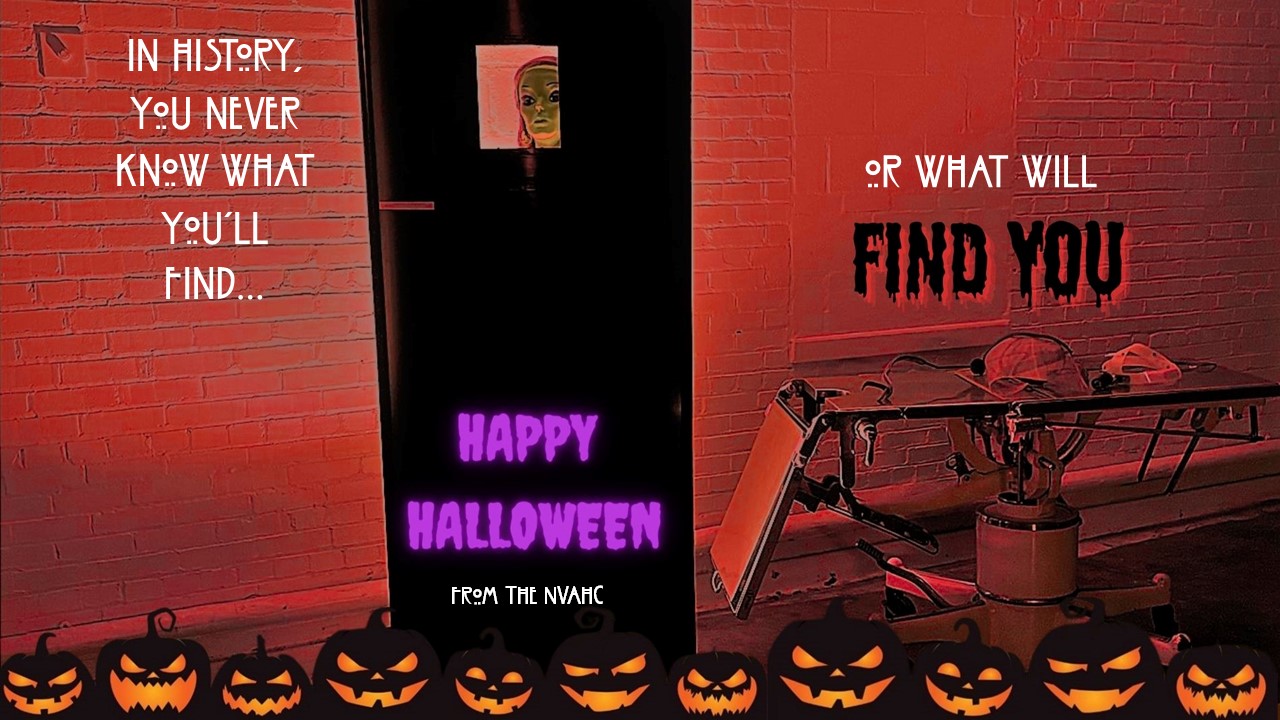
Curator Corner
What’s in the Box? It’s a Mannequin Head for Halloween
What's in the box? - In the first of many, our National VA History Center is on the search to discover unique collection items one box at a time. On a dark and stormy night (not really), deep in the confines of the quiet halls of the warehouse (actually in a well lit office), our curator staff opened a box to find a mysterious and lonely head, with no body. It was the Curse of the Mannequin Head!


